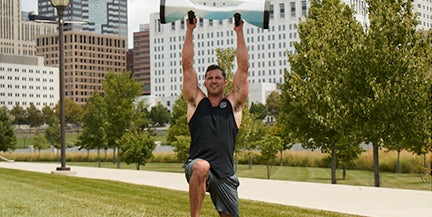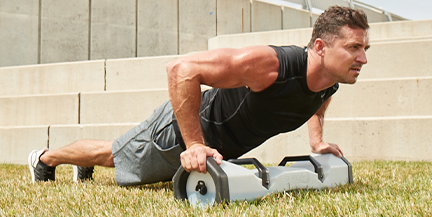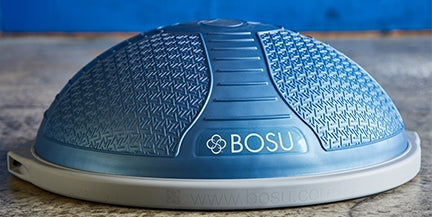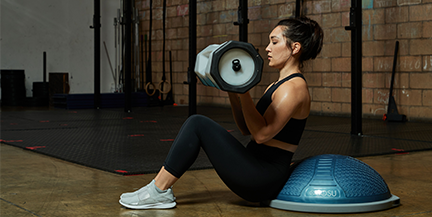How Hydro Training Works
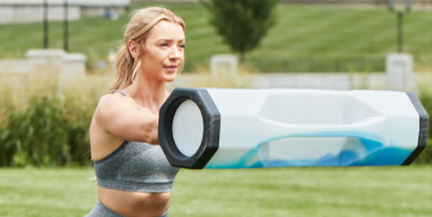
Hydro Training is emerging as a hot topic of conversation in the fitness and conditioning worlds, and represents a new training frontier. The discussion is being driven by water-filled products such as the BOSU® Surge 40 and 60, and the BOSU® Hydro Ball.
Hydro Training uses the reactive properties of water, in water-filled fitness equipment, as unstable resistance-training tools. The inherent properties of water offer reactivity, volatility and unpredictability, which result in positive training outcomes. The concept behind Hydro Training is based on using the dynamic resistance of water to enhance performance and overall conditioning because of the constant, variable challenge presented while using water-filled equipment.
Hydro Training, utilizing the BOSU® Surge or BOSU® Hydro Ball, checks a lot of boxes when it comes to matching with a number of 2020 fitness trends. While the Storm and Hydro Ball are favorite pieces of equipment in the emerging hydro training category, they also fit right in with this year’s trends that include high-intensity interval training (HIIT), small group training, stability and balance training, loaded movement training, personal training, functional fitness training, circuit training, and outdoor training.
Everyone, trainers and consumers alike, are constantly looking for new and legit ways to make their workouts more fun, varied, engaging and effective. And Hydro Training helps shore up weaknesses in conditioning programs related to having a comprehensive and complete approach to training in place.
Hydro Training with the BOSU® Surge and Hydro Ball keeps workouts fresh and progressing, and can have a big effect on total calorie burn, improved fitness levels, reactivity, strength, stability, balance and body control.
How Does Hydro Training Work?
To understand how to use this approach in your training, you have to dial down on what makes Hydro Training effective. The big difference between static load (e.g., dumbbells, kettlebells and barbells) and dynamic load (e.g., BOSU® Surge® and Hydro Ball) is the reactive stabilization requirements that occur with the volatile and unpredictable nature of water.
Hydro Training products like the BOSU® SURGE® and Hydro Ball provide an unstable training load -- water that is constantly shifting and moving -- in reaction to your movements. Water action inside the Hydro Training products allows for unlimited movement and stabilization challenges, along with product designs that offer the freedom to create integrated, functional, total-body exercise options.
Hydro Training requires whole body, integrated training as you adjust to and control the unpredictable movement of water. Bottom line, better “body control” is developed. And your ability to optimize technique, avoid injury, improve performance and lift heavier loads can all increase. Of course, muscle strength, endurance, power, mobility and improved metabolic capability are all possible outcomes depending on how you program the training loads and movement complexes, as well as utilizing varied water actions that can be created while using the BOSU® Surge or Hydro Ball.
Hydro Training with the BOSU® Surge or Hydro Ball results in a win-win whether you want to get fit, move better, burn calories, lift heavier weights or simply have more fun. Hydro Training is focused, efficient, effective and DIFFERENT, which makes it important to make it a part of your training arsenal.
Douglas Brooks, MS, Exercise Physiologist, is the Director of Programming for Hedstrom Fitness, BOSU® and SURGE®. The former Kona Ironman® triathlete directed Athlete Conditioning for Sugar Bowl Ski Academy for 8-years, working with elite junior and professional athletes. Douglas was inducted into the U.S. National Fitness Hall of Fame and has been honored by Can-Fit-Pro as the International Presenter of the Year. Coach Brooks is the author of numerous fitness education books, and most recently, was the recipient of the IDEA Personal Trainer of the Year Award.

